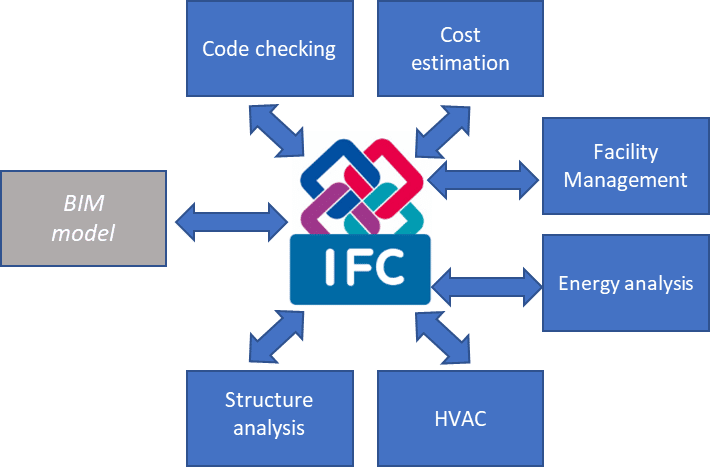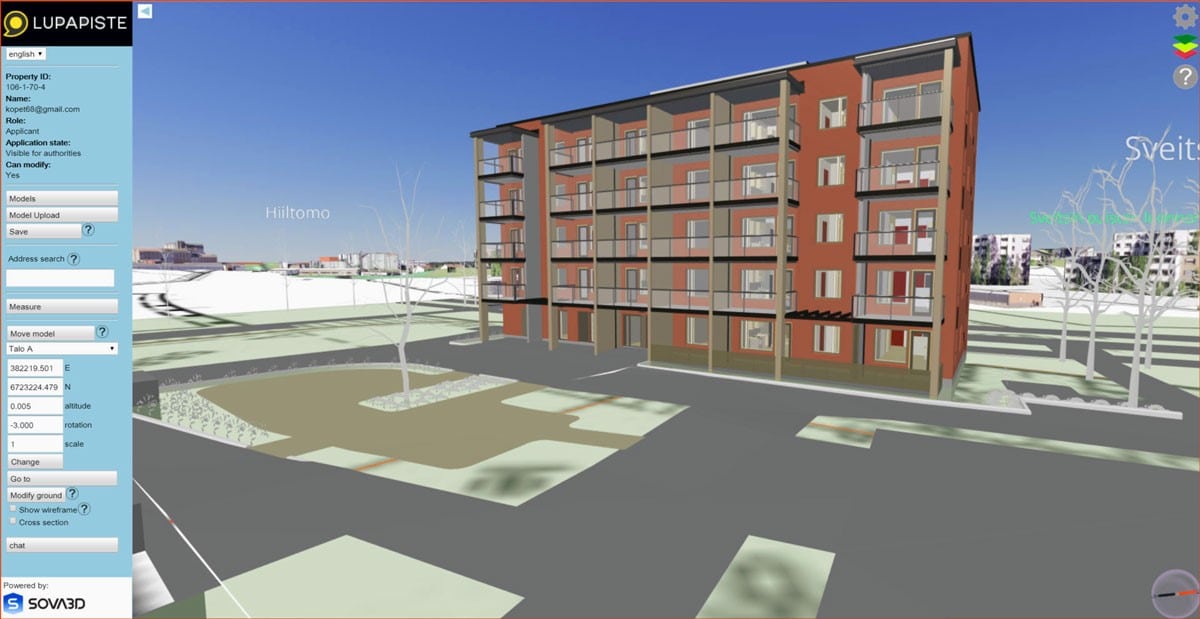The importance of Industry Foundation Classes in Building Information Modelling
Learn how adopting the IFC standard and Building Information Modelling (BIM) will produce significant time and cost saving benefits. This blog looks at what IFC is in relation to BIM and how how the schema can be applied as the industry continues to find ways to be more efficient and effective.
Introduction
The construction industry is considered by some to be behind other industries when it comes to adopting new technologies and ways of working. There is a drive and need to ensure that people, processes, information, and systems are connected and integrated more effectively. Achieving this will result in many benefits, including but not limited to, a reduction in total expenditure (TOTEX) for construction projects, enhanced project management capabilities, and the sharing of core information to project stakeholders across the design, construction, and operation phases. Building Information Modelling (BIM) is recognized as a means which will facilitate and encourage these benefits.
What is BIM?
BIM is a collaborative way of working underpinned by digital technologies, which allow for more efficient methods of designing, delivering, and maintaining physical built assets throughout their entire lifecycle. Architecture, Engineering, and Construction (AEC) professionals use BIM processes and tools to make strategic decisions over the course of an asset’s lifecycle (see Figure 1). In 2011, The UK government mandated the use of BIM on all government construction projects by 2016 due to the efficiency and collaboration benefits associated with BIM.

When designing and commissioning a built asset, it is important for the various parties involved in this process to transfer information effectively and efficiently between each other. For example, a building and services engineer may want to closely inspect the architect’s design for a specialist ceiling in order to identify suitable areas to install lighting. In order to enable and encourage the exchange of information effectively between construction parties, a common exchange schema has been developed which is specifically referred to as Industry Foundation Classes (IFC).
What are Industries Foundation Classes (IFC) and why are they important?
As Architecture, Engineering and Construction (AEC) companies use a variety of software packages to design, commission, and operate assets, there can be difficulties when it comes to the sharing of this data. Primarily, this is due to each software vendor having a file format which is not compatible with other AEC design software packages.
In order to facilitate effective data sharing between AEC parties and asset managers, the IFC schema has been designed. The benefit of using the IFC schema is that information can be shared in a format which enables and encourages interoperability. Specifically, IFC enables AEC data to be shared among engineers, architects, construction companies, and asset managers. Figure 2 provides an example of some of the data sharing capabilities that are made possible thanks to the IFC schema.

A neutral file format, such as the IFC schema, is particularly important as information can be shared and exchanged at various points throughout design, construction, commissioning, and operation phases, enabling core stakeholders to have access to data when it is required. The importance of adhering to a common data exchange standard among AEC stakeholders and asset managers has been recognized as there is a specific International Standard (ISO 16739:2013) for the IFC schema.
What will this enable?
A standardized approach and methodology for the sharing of construction data will reap significant rewards to the parties involved in the design, build, commissioning, and operation phases. Information sharing, collaboration, integration, and effective communication between all parties will be possible through the adoption and use of one common schema. For example, the adoption of IFC has seen a lot of success in Finland, where IFC is being used by 60% of Finnish municipalities for submitting planning applications in 3D.2 The benefit of submitting models in the IFC schema is that all core attribute information and data is generated and retained consistently regardless of the author. This will enable parties involved in the planning process to interrogate, query and raise any benefits or concerns with the building which is to be constructed. A typical benefit of using BIM and IFC for planning applications is the range of simulations which can be tested using the inbuilt capabilities offered by BIM. For example, if a new block of apartments is erected, will the build adversely affect or prohibit daylight entering other nearby apartments?

What is next for IFC?
The latest IFC schema is being introduced to new industries, specifically bridges, tunnels, roads, rail, and ports. The adoption of the IFC schema will provide and enable significant benefits to those who operate in these industries. For example, if multiple AEC parties are involved in the design of a fire evacuation stairwell in a tunnel, the adoption and use of the IFC standard will enable AEC parties to design these elements more collaboratively.
Conclusion
Adopting the IFC standard will produce significant time and cost saving benefits amongst architects, engineers, construction companies, capital project investors and asset managers. These benefits have been realized in pilot projects where the use of the IFC schema has seen construction projects being delivered ahead of schedule and under budget.
Can the construction industry afford to not use BIM and IFC?
Author - Oliver Wheeler-Nurdin, Energy, Utilities & Chemicals, Capgemini
Re-posted from original source: https://www.capgemini.com/2019/09/the-importance-of-industry-foundation-classes-in-building-information-modeling/
